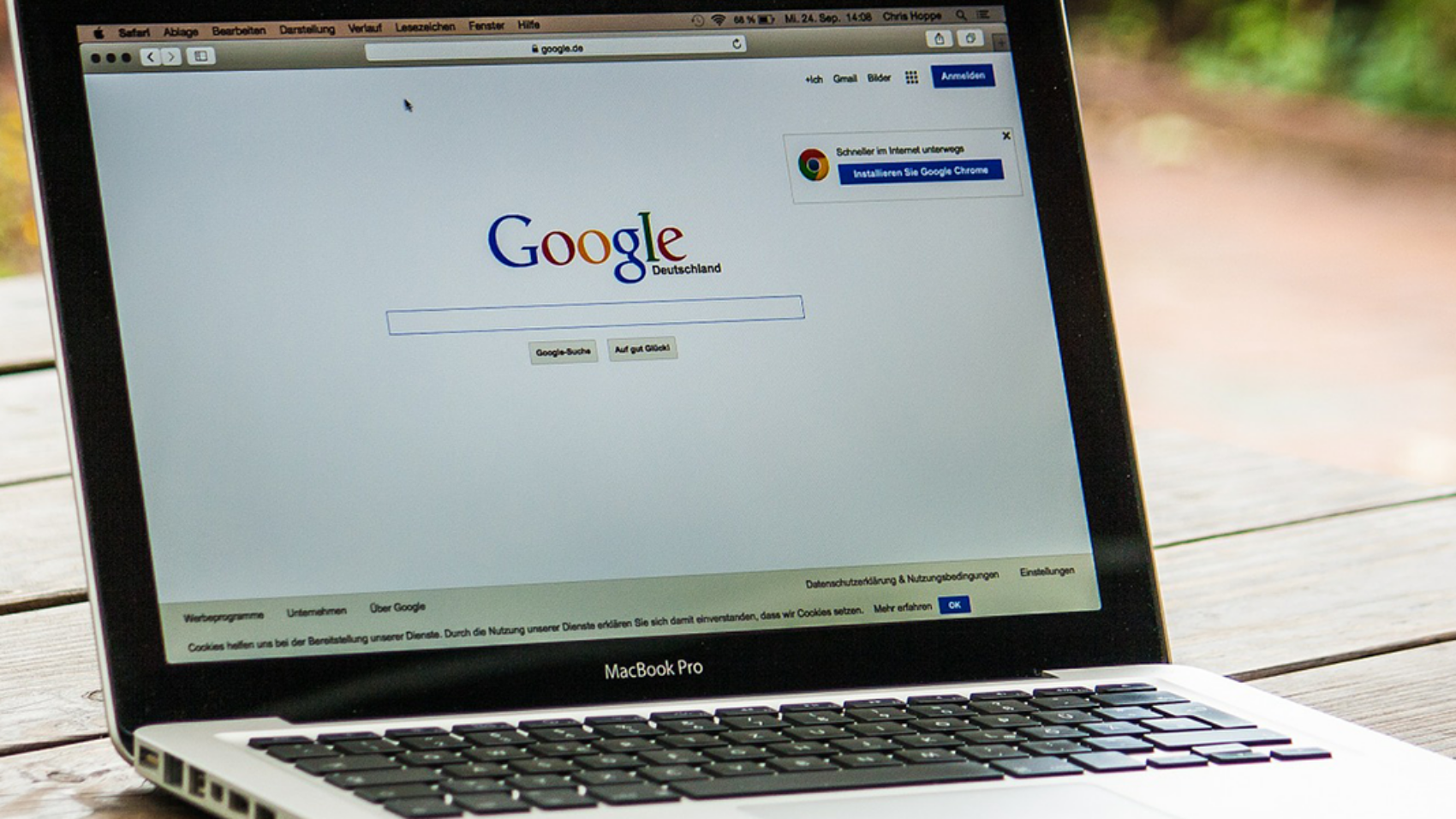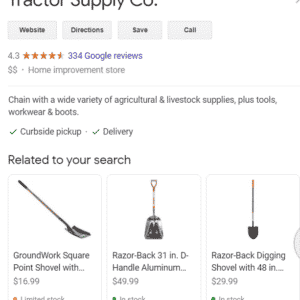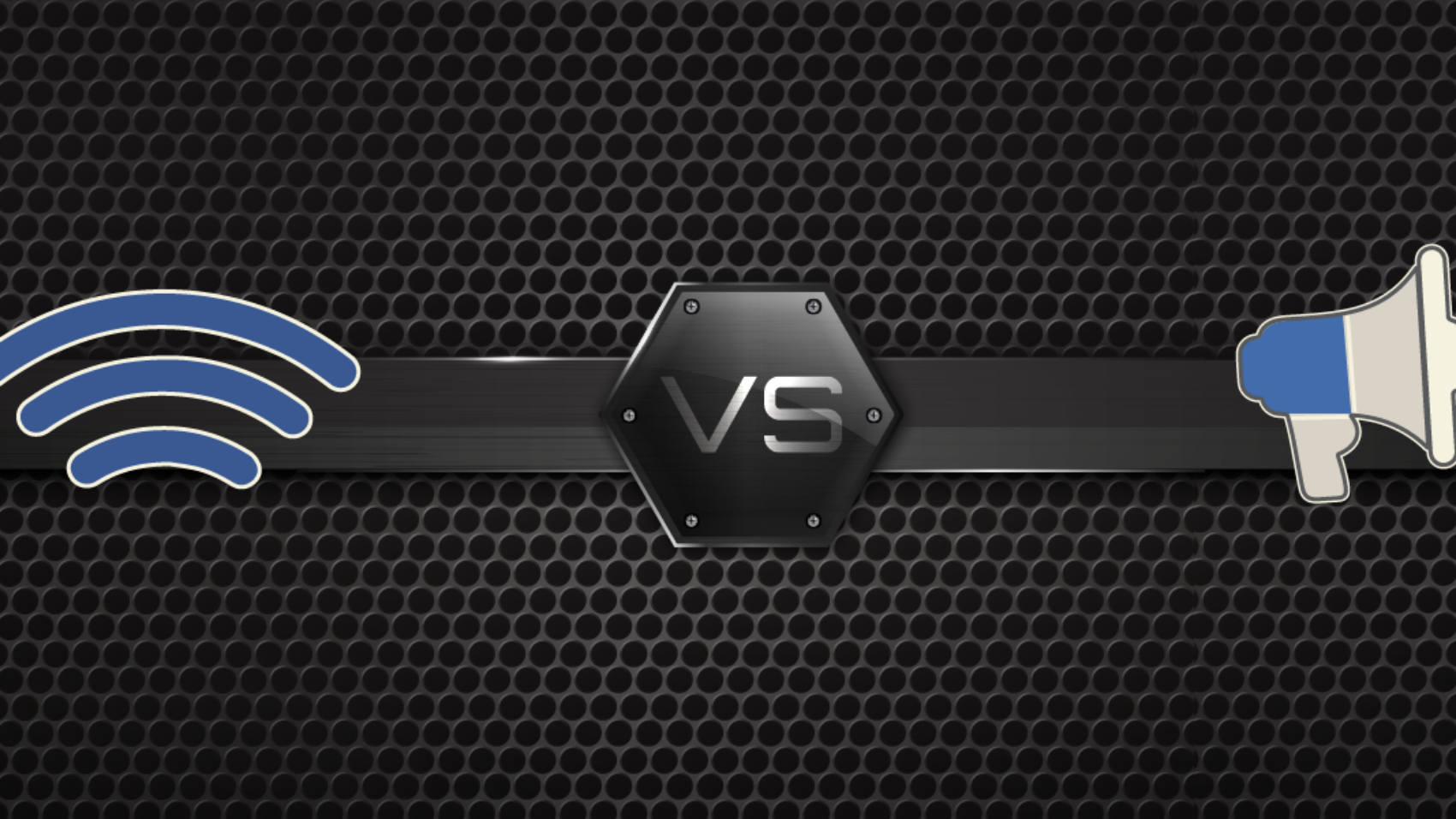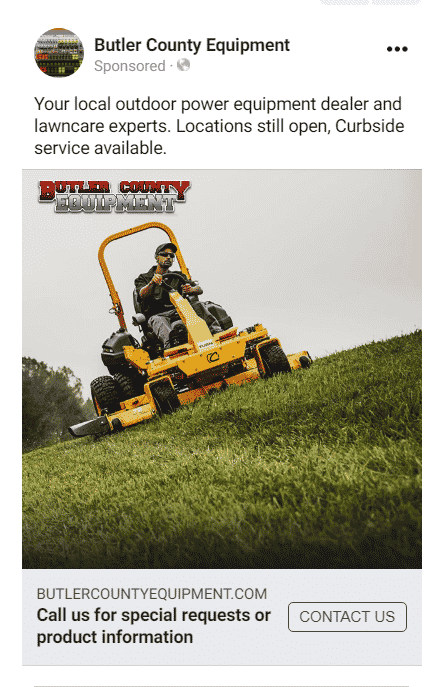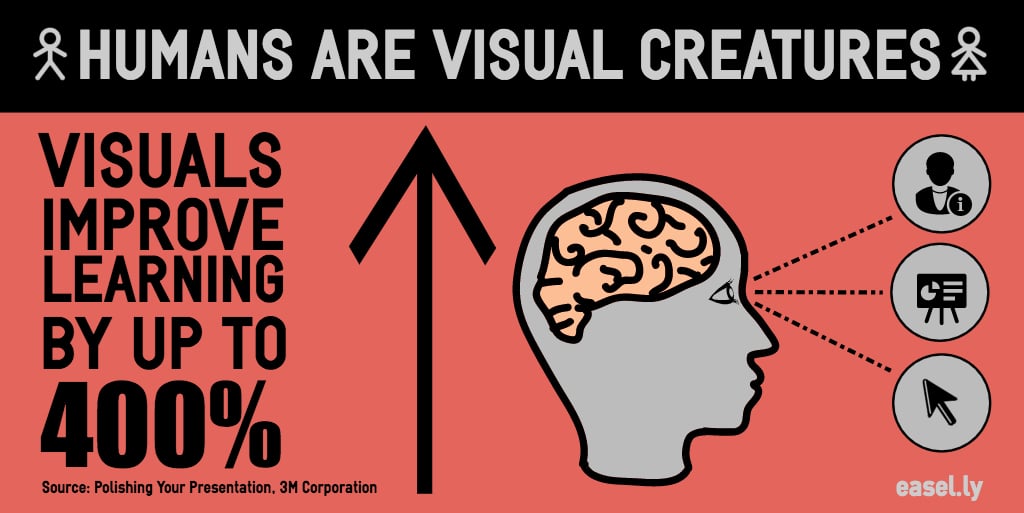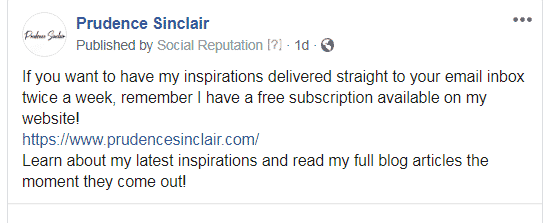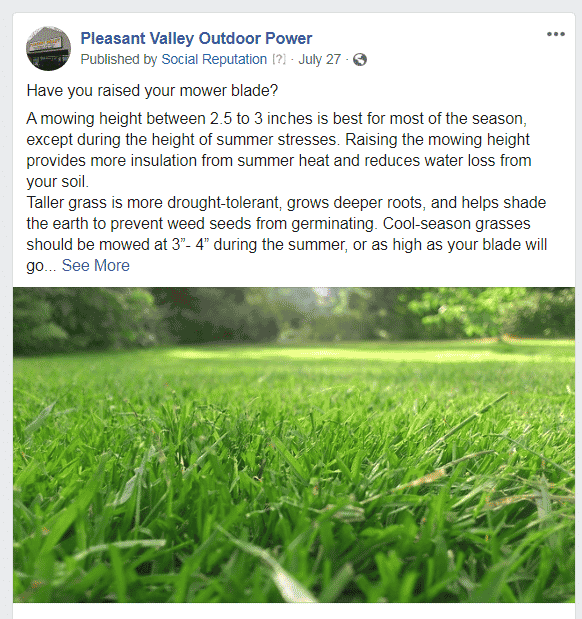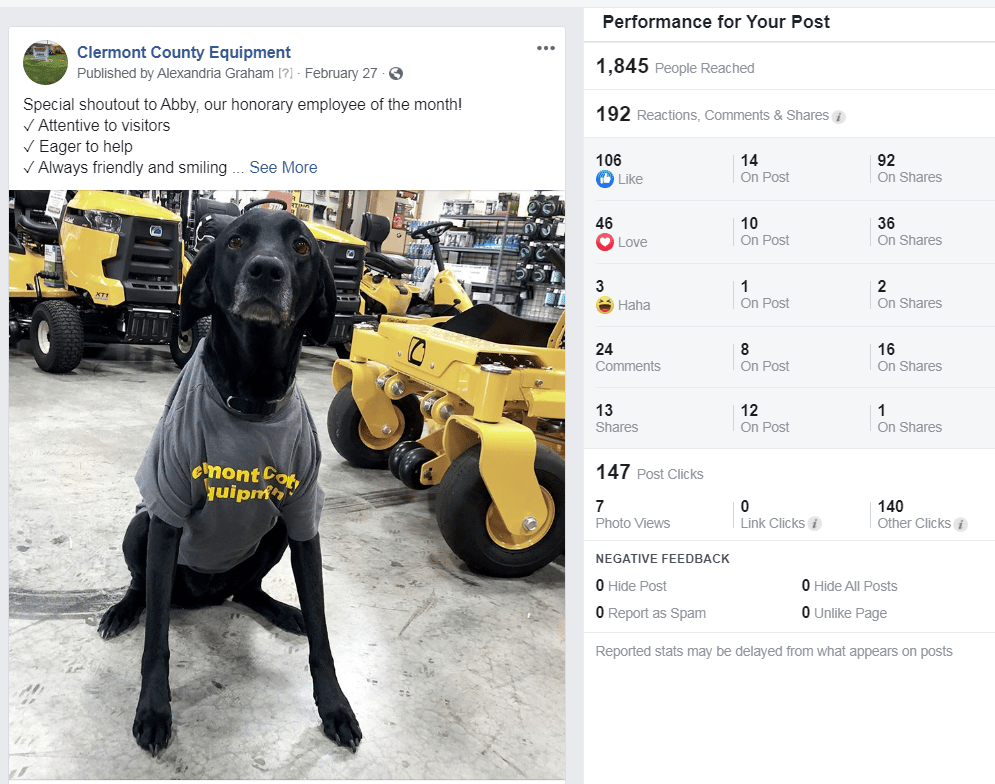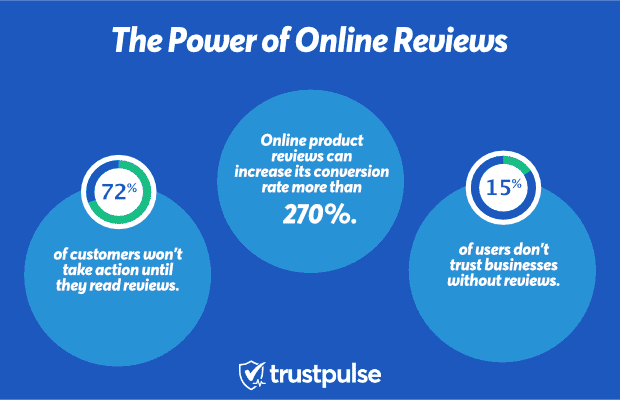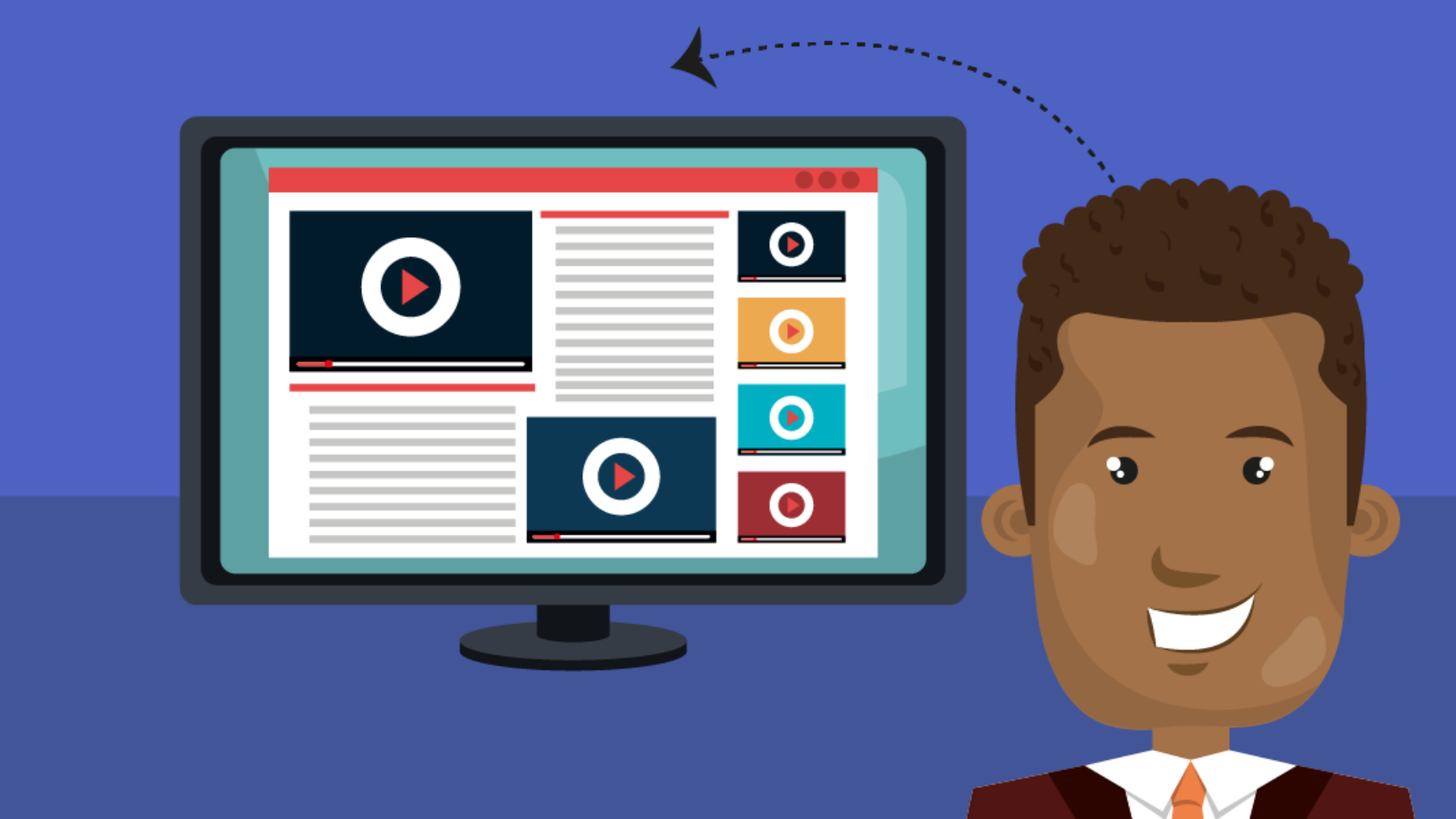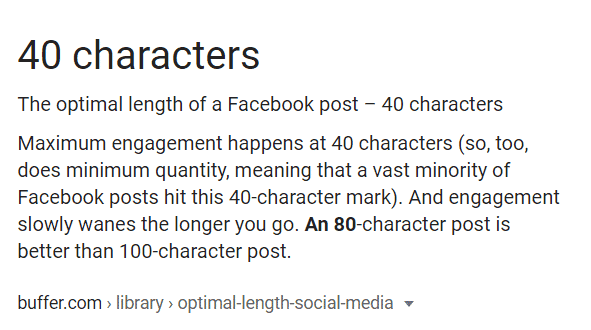This article originally appeared in the March edition of OPE Business
When we signed our very first OPE dealership as a client in 2014, the owner asked us to audit what they were spending online and analyze all of the tools they had bought into. So, we went through will all the awkward conversations to terminate deals with folks like the Yellow Pages and every side deal they had signed with multiple local media outlets.
Over the years I’ve met dozens of dealers who consistently tell me the same thing:
“I know I should be more proactive in promoting my business, but there just aren’t enough hours in the day and I don’t have time to learn how to use all of these new tools.”
Most dealers are inundated daily with sales reps and promises of new, flashy technology and how it’s going to change the way they do business. Except it hasn’t. Because technology is only as good as the people you have using it and the quality of the data you have to feed it. But this may finally be the year where technology and utility meet.
When email started to become prominent in the late 90s, it was supposed to kill the telephone (it didn’t) and when social media took off in the mid 2000’s, it was going to kill email (it didn’t) and when everyone got a website, it was going to kill newspapers (well, this one is basically true).
The point is, that instead of emerging technologies replacing each other, they’ve all become blended into a toolkit that work best when you use them together, rather than independently of one other. So, in the past where you just had newspaper, television, radio and billboards to deal with, now you have thousands of tools and channels to utilize for your business, each purporting to make your life easier, but only if you can figure out how to make them all live in harmony.
Enter marketing automation.
Marketing automation isn’t a new concept by any means. The idea has been around for many years with large software companies selling the dream of completely automated customer journeys that just churn out leads and close sales. The problem is that it took a lot of work to set up, even more to maintain and didn’t account for the nuances that every small business inherently had, not to mention that the price point of traditional enterprise software was a massive barrier to entry for small businesses. But as technology goes, tools have matured and in 2021 it’s much easier to make those pieces fit.
Here are the major components you’ll need in order to start putting those pieces together. You can expect to hear a lot more about the pieces that make up this marketing automation toolkit in 2021:
CRM (Customer Relationship Management) Software: Most dealerships have a Dealership Management System that houses all of your key contacts, your inventory and more. All good business owners know that the cost of acquiring a new customer is much higher than maintaining an existing one. In fact, 50% of sales from existing customers when using marketing automation, vs. just 30% without. For example, setting up a program that sends a message to a customer at regular service intervals after they’ve purchased a new piece of a equipment is an easy, hands-off reminder to the customer that results in a consistent stream of booked service appointments. Does your DMS have a built in CRM? If not, it’s time to make this your first step.
Business Texting & Messaging: Business texting is one of the most quickly adopted technologies for small businesses in the last ten years. In fact, 78% of US consumers say that receiving a text message is the fastest way to reach them for important services updates and over 90% of text messages are read within the first three minutes. Texting also gives you hours of your day back by eliminating the need to call on customers for service reminders or parts inquiries. By combining marketing automation and business texting, you can notify a day’s worth of contacts with the click of a button and free your employees to get back to other tasks.
Chat Bots: Chat bots are expected to help reduce business costs by up to $8 billion by the year 2022. Why? Because with the power of artificial intelligence, chat bots can now answer the vast majority of the mundane questions you answer over and over again in your dealership. Plus, when added to your marketing automation plan, you can now interact with a potential customer in a meaningful way even without a live agent. For those customers that are searching for equipment at 2am, it gives you a way to collect some basic information in a conversational manner vs expecting the customer to complete an online form to get a quote because they know there is no immediate gratification for their query. In fact 64% of the public likes chatbots because they can deliver a 24-hour service, 7 days a week. When paired with marketing automation, you can collect the user’s information and automatically route that to the appropriate person in your dealership to handle their query so there are no more bottlenecks in your operation.
At a minimum, dealerships now have access to affordable tools to help maintain ongoing conversations with existing customers. But how can you take the next step and use automation technology to help you acquire new customers? For that, it’s important that you have an understanding of the marketing funnel to see where your customers are coming from and where they are in their buying journey. All of these tools are design to save you time and nurture customers down a conversion path that you simply can’t do manually.
With marketing automation we are finally seeing technology and affordability uniting to make your life easier, just a few years later than we were promised.
Dealers Digital owns and operates dealerAMP, an alternative to Kenect, Podium, Birdeye and DP360. If you’d like to learn more about how dealerAMP can help your business save time and money with an integrated business texting, reputation management and CRM platform, schedule a demo.



